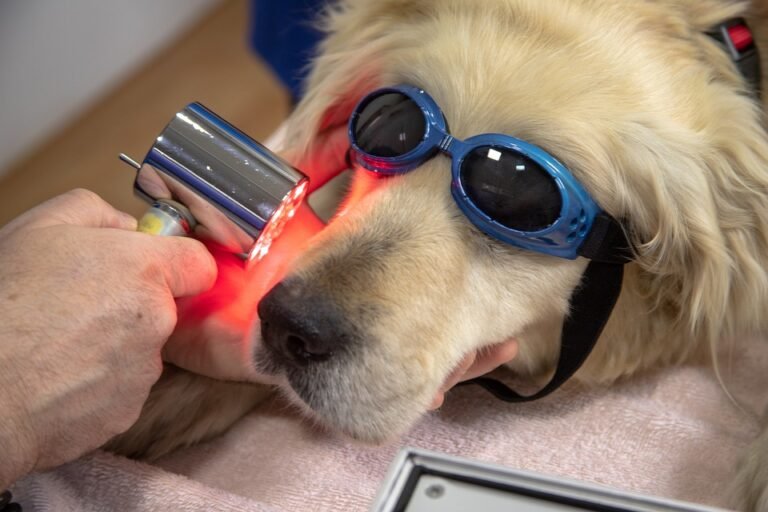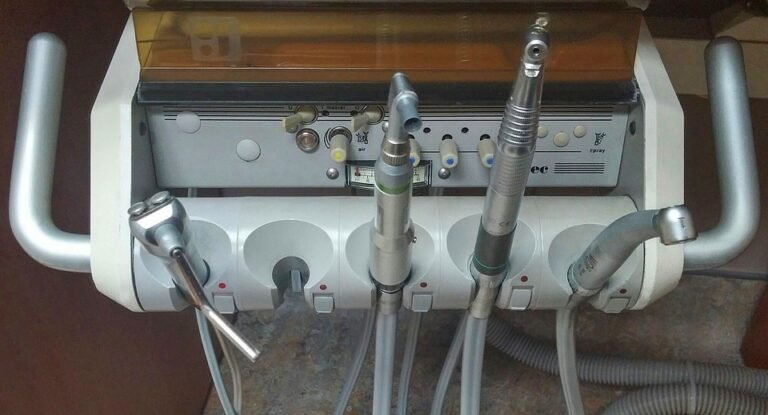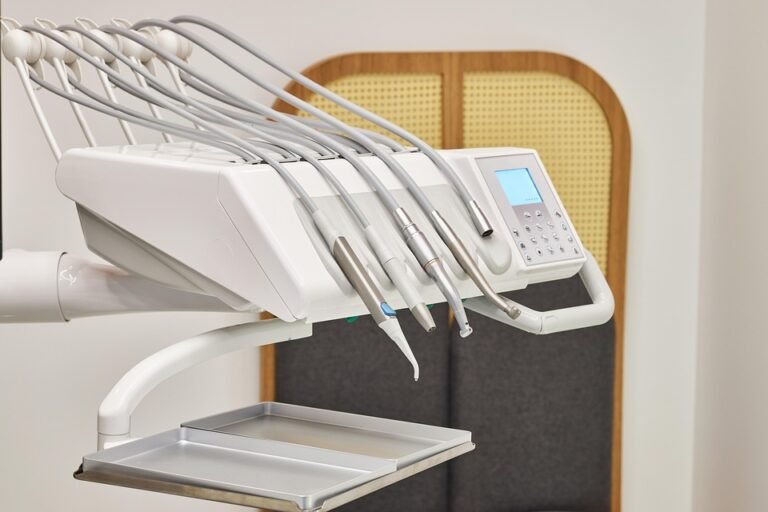What is the best lens for portrait dental photography
I’m a dentist, and I’m trying to improve the quality of my photos for patient records, case studies, and maybe even a little social media. I’ve been using my phone (terrible, I know!), and I want to upgrade to a proper camera and lens. I’m thinking of getting a DSLR or mirrorless camera, but I’m completely lost on which lens to choose specifically for taking portraits of the mouth and sometimes head/neck shots too.
Image quality is obviously important. I need something that will capture details clearly, especially when zoomed in on teeth. Ease of use is also a factor – I don’t have a ton of photography experience, so something relatively simple to operate would be great. And finally, I’d like something that’s well-suited for working in the confined space of a dental operatory. Budget-wise, I’d ideally like to keep the lens cost under $1000 if possible, but I’m willing to consider options slightly above that if the quality is significantly better. I’m mostly concerned about intraoral photography (close-ups of teeth), but I do occasionally need to take photos of a patient’s full face or neck to document swelling or asymmetry. So, something versatile would be ideal. What focal length and other lens specifications should I look for? Are there any specific lens models that are particularly recommended for dental photography? And what about macro lenses versus regular lenses? What are the pros and cons of each for this specific application?
Answer
The "best" lens for portrait dental photography is subjective and depends on the specific needs and preferences of the photographer, the type of portraits being taken (e.g., full face, close-up of the mouth), the desired aesthetic, and the camera system being used. However, some lenses consistently rank high for their ability to capture sharp, detailed, and aesthetically pleasing dental portraits. Here’s a breakdown of common choices and their strengths:
General Considerations for Dental Portrait Lenses:
-
Macro Capability: Macro lenses are crucial for capturing the fine details of teeth, gums, and dental restorations. A 1:1 magnification ratio (where the image on the sensor is the same size as the actual object) is generally preferred for detailed intraoral shots. While not strictly necessary for full-face portraits that include dental elements, the ability to zoom in on specific areas is a significant advantage.
-
Focal Length: Focal length influences perspective and working distance. Longer focal lengths (e.g., 85mm, 100mm, 105mm) are often preferred for facial portraits because they minimize distortion and create a more flattering perspective. However, for detailed intraoral shots or working in confined spaces, a shorter macro lens (e.g., 50mm or 60mm macro) might be more practical.
-
Aperture: A wide maximum aperture (e.g., f/2.8 or wider) is beneficial for several reasons:
- Shallow Depth of Field: Allows for blurring the background to isolate the subject (the mouth or face) and draw attention to the desired area. This is especially helpful in a busy dental environment.
- Low-Light Performance: Permits shooting in lower light conditions without needing to significantly increase ISO or decrease shutter speed, which could introduce noise or motion blur.
- Faster Shutter Speeds: A wider aperture allows for faster shutter speeds, which helps to freeze motion and reduce the risk of blurry images, especially when photographing patients who might move slightly.
-
Image Stabilization: Image stabilization (IS or VR in Nikon terminology) can be helpful, especially when shooting handheld or in low light, to reduce camera shake and ensure sharper images.
- Sharpness and Image Quality: Excellent sharpness is critical to capture the fine details needed in dental photography. Look for lenses known for their sharpness and minimal aberrations.
Specific Lens Recommendations (with pros and cons):
-
100mm Macro Lenses (e.g., Canon 100mm f/2.8L Macro IS USM, Nikon 105mm f/2.8G IF-ED VR Micro-Nikkor, Sony FE 90mm f/2.8 Macro G OSS, Sigma 105mm f/2.8 DG DN Macro Art):
- Pros: Excellent sharpness, ideal focal length for facial portraits (minimal distortion), true macro capability (1:1 magnification), typically have image stabilization.
- Cons: Can be relatively expensive, may require some working distance in small operatories.
-
85mm Lenses (e.g., Canon EF 85mm f/1.8 USM, Nikon AF-S Nikkor 85mm f/1.8G, Sony FE 85mm f/1.8, Sigma 85mm f/1.4 DG HSM Art):
- Pros: Very flattering focal length for portraits, typically have wide maximum apertures (f/1.8 or f/1.4) for excellent background blur and low-light performance, usually more compact and lighter than 100mm macro lenses.
- Cons: Not true macro lenses (cannot achieve 1:1 magnification), so may not be ideal for extreme close-ups of teeth. To overcome this, extension tubes could be added to increase magnification.
-
60mm Macro Lenses (e.g., Nikon AF-S Micro-Nikkor 60mm f/2.8G ED, Canon EF-S 60mm f/2.8 Macro USM):
- Pros: Shorter working distance, good for confined spaces, true macro capability, often more affordable than 100mm macro lenses.
- Cons: Focal length may cause slight distortion in full facial portraits, may require getting very close to the patient.
-
50mm Macro Lenses (e.g., Canon EF 50mm f/2.5 Compact Macro, Laowa 50mm f/2.8 2X Ultra Macro):
- Pros: Very compact, relatively inexpensive, and offers a more "natural" perspective, capable of macro photography.
- Cons: Requires getting very close to the patient, and the focal length can produce more distortion than longer lenses. The working distance can be challenging.
- Dedicated Dental Lenses:
- Some manufacturers produce lenses specifically designed for dental photography. These lenses often incorporate features like built-in ring flashes or specialized lighting systems to provide even illumination of the oral cavity. Examples include lenses from companies like R.K. Medicam.
- Pros: Optimized for intraoral photography, excellent lighting control.
- Cons: Can be very expensive, may be limited in their versatility for other types of photography.
Important Considerations for choosing:
- Camera System: The lens you choose must be compatible with your camera system (Canon, Nikon, Sony, etc.).
- Budget: Prices can vary significantly between lenses. Set a budget before you start shopping.
- Personal Preference: Ultimately, the best lens is the one that you are most comfortable using and that produces the results you want. Renting lenses before buying can be a good way to try out different options.
In summary:
For the best balance of portrait perspective and macro capability, a 100mm or 105mm macro lens is a strong contender. If you prioritize background blur and flattering portraits without needing extreme close-ups, an 85mm lens with a wide aperture is a good choice. If you need to work in tight spaces, a 60mm macro lens might be the best option. Dedicated dental lenses can provide excellent results for intraoral photography, but they are typically more expensive.



